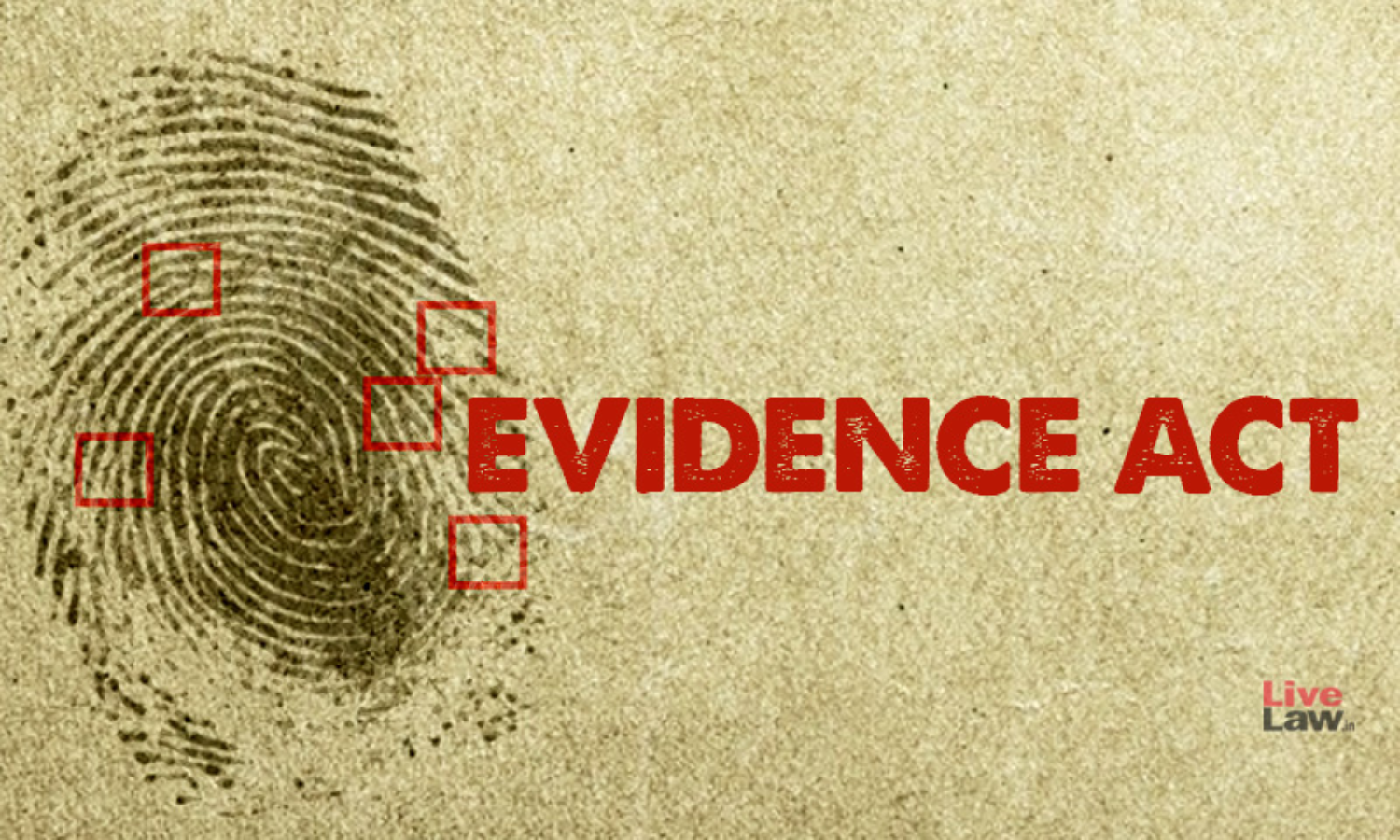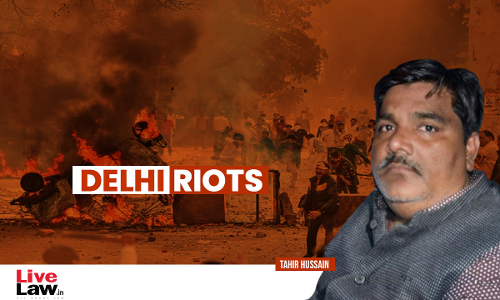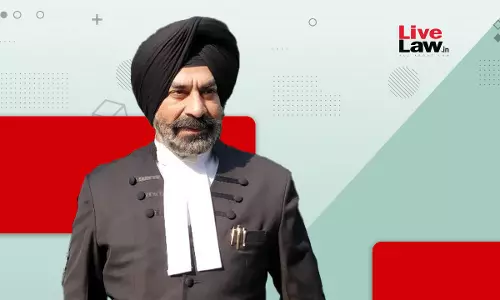Hearsay Statements Made Contemporaneously With Act Or Immediately Thereafter Admissible U/S 6 Evidence Act: MP High Court

The Madhya Pradesh High Court, Indore Bench recently held that a statement made by the deceased contemporaneously with the act or immediately thereafter would be admissible as dying declaration under Section 32 of the Indian Evidence Act.Further, statements made by the complainants regarding words uttered by the deceased, though hearsay, are admissible under Section 6 of the...
The Madhya Pradesh High Court, Indore Bench recently held that a statement made by the deceased contemporaneously with the act or immediately thereafter would be admissible as dying declaration under Section 32 of the Indian Evidence Act.
Further, statements made by the complainants regarding words uttered by the deceased, though hearsay, are admissible under Section 6 of the Indian Evidence Act (Rule of res gestae).
The division bench comprising of Justice Subodh Abhyankar and Justice S.K. Singh was hearing an appeal preferred by the Appellant against his conviction by the trial court under Section 302 IPC and under Section 25(1) (1-B) of Arms Act.
As per the prosecution story, the deceased and the Appellant were having prior animosity owing to a monetary dispute. On the day of the incident, the Appellant stabbed the deceased with the intent to kill him. Suffering two knife blows to his chest, the deceased cried for help yelling 'mujhe Basant Kale ne chaku mara hai' (Basant Kale i.e., Appellant stabbed me). The deceased was taken to the hospital where he was declared dead.
After appreciating the oral as well as documentary evidence available on record, the trial court had held the Appellant to be guilty of offences punishable under Section 302 IPC and under Section 25(1) (1-B) of Arms Act. Aggrieved by the said decision, the Appellant moved the Court to challenge the same.
The Appellant submitted before the Court that there were certain contradictions and omissions in the statement of prosecution witnesses on material issues but the same were not properly considered. Therefore, he asserted, that the trial court had committed a legal error while appreciating the evidence available on record. Thus, he prayed the Court that his conviction be set aside.
Per contra, the State submitted that the judgment passed by the trial court was based on proper appreciation of evidence and material available on record and the same was well reasoned, establishing guilt of the Appellant beyond reasonable doubt. Therefore, it was prayed that the impugned judgment of conviction be affirmed and the appeal filed by the Appellant be dismissed.
Considering the submissions of the parties and the trial court record, the Court opined that the case was based on direct as well as circumstantial evidence. The Court noted that both the important witnesses i.e., the wife of the deceased and an independent witness, had heard the deceased yelling that he was stabbed by the Appellant, even though they did not actually see the Appellant do it. Therefore, the Court held, their statements would be admissible pursuant to Section 6 of the Evidence Act-
Aforesaid statements of Ravi as well as Saroj (complainants) are although hearsay, but the same were made contemporaneously with the acts or immediately thereafter, therefore the same are very well admissible in the evidence as per the provisions of Section 6 of the Evidence Act. In this regard, observations made by Hon'ble Apex Court in the judgment rendered in the case of Sukhar Vs. State of Uttar Pradesh [(1999)9 SCC 507] can profitably be relied upon.
The Court further noted that the statement made by the deceased that it was the Appellant who had stabbed him would also be considered as his dying declaration U/S 32 of the Evidence Act-
In view of the aforesaid discussion, there is no doubt that statements of complainant – Saroj (PW-6) and Ravi (PW-7) are relevant and admissible. As Dr. N.M. Unda(PW-12) specifically stated and reported in his post mortem report (Ex. P-23) that deceased's death was due to shock and hemorrhage as a result of stab injuries on the chest within 24 hours from the time of post-mortem examination and his death was homicidal in nature and appellant has not challenged aforesaid facts, therefore, statement made by the deceased at the time of incident and also when he was on his way to hospital to witness – Ravi (PW-7) will be treated as his oral dying declaration. Hence, the same is also admissible under Section 32 of the Evidence Act.
The Court rejected the argument of the Appellant that the incident took all of a sudden and that the Appellant had no intention to murder the deceased-
It has already been found proved that prior enmity or animosity was going on between the appellant and deceased on account of payment of rent of hath thela said to be purchased by the deceased from the appellant. It has also been found proved that appellant inflicted two knife blows on the vital part i.e.chest of the deceased, which in itself shows his intention that the same were inflicted with an intent to commit murder of the deceased.
With the aforesaid observations, the Court affirmed the judgment passed by the trial court and accordingly, the conviction of the Appellant was upheld and the appeal was dismissed.
Case Title: BASANT v. THE STATE OF MADHYA PRADESH GOVT.




